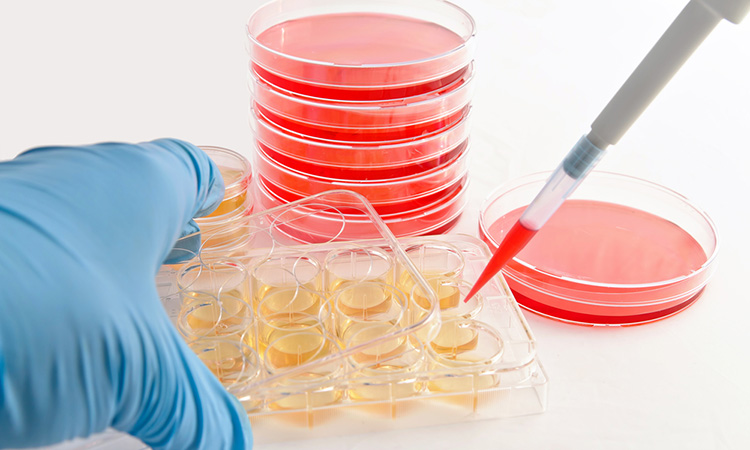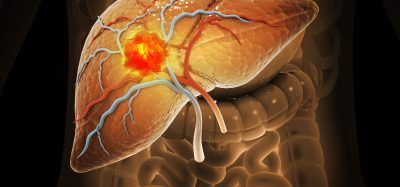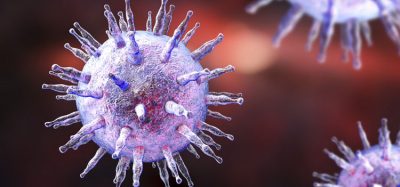Method to make cell cultures act more like normal cells discovered
Posted: 12 April 2021 | Victoria Rees (Drug Target Review) | No comments yet
Scientists have shown that culturing cells with a modified serum could allow drugs to be screened for toxicity earlier during research.

Researchers at the University of Louisville, US, have discovered a way to make cell cultures respond more closely to normal cells, allowing drugs to be screened for toxicity earlier in the research timeline.
According to the scientists, the vast majority of cells used for biomedical research are derived from cancer tissues stored in biorepositories. They are cheap to maintain, easy to grow and multiply quickly. Specifically, liver cancer cells are desirable for testing the toxicity of drugs for any number of diseases.
“You like to use liver cells because this is the organ that would detoxify whatever drug for whatever treatment you are testing,” said Associate Professor Michael Menze, one of the researchers. “When new drugs are being developed for diabetes or another disease, one of the concerns is whether they are toxic to the liver.”
These cells come with limitations, however. Since they are cancer cells, they may not be as sensitive to toxins as normal cells, so they may not reveal issues with toxicity that can appear much later in the drug testing process.
The team discovered that by changing two components of the media used to culture the cells, they can make liver cancer cells behave more like normal liver cells. Rather than using standard serum containing glucose, they used serum from which the glucose had been removed using dialysis and added galactose – a different form of sugar – to the media. The tumour cells metabolise galactose at a much slower rate than glucose. This changes the metabolism of the cells making them behave more like normal liver cells.
By using cells cultured with this modified serum, drugs may effectively be screened for toxicity earlier in the research process, possibly saving millions of dollars.
“It started just as a way to sensitise cells to mitochondrial activity, the cellular powerhouse, but then we realised we had a way to investigate how we are shifting cancer metabolism,” said doctoral student Robert Skolik, one of the researchers. “In short, we have found a way to reprogramme cancer cells to look – and act – more like a normal cell.”
To fully realize the effect he reported, the researchers also cultured the cells for a longer period of time than usual.
“In the past, people would do a 12-hour adaptation to this new media. But what we showed is if you culture them for four to five weeks, you have a much more robust shift,” Skolik said. “When it comes to gene expression, you get much more bang for the buck when you adapt them for a longer period.”
Although the modified serum for the cultures requires the additional step of dialysis and longer culture time, the team say it can yield benefits at later testing stages.
“You would reserve this process for key experiments or toxicity screening,” Menze said. “However, if you go into a Phase I clinical trial and find toxicity there, it is way more expensive than using this method.”
The research is published in the American Journal of Physiology-Cell Physiology.
Related topics
Cell Cultures, In Vitro, Screening, Therapeutics, Toxicology
Related conditions
Cancer
Related organisations
University to Louisville
Related people
Associate Professor Michael Menze, Robert Skolik







